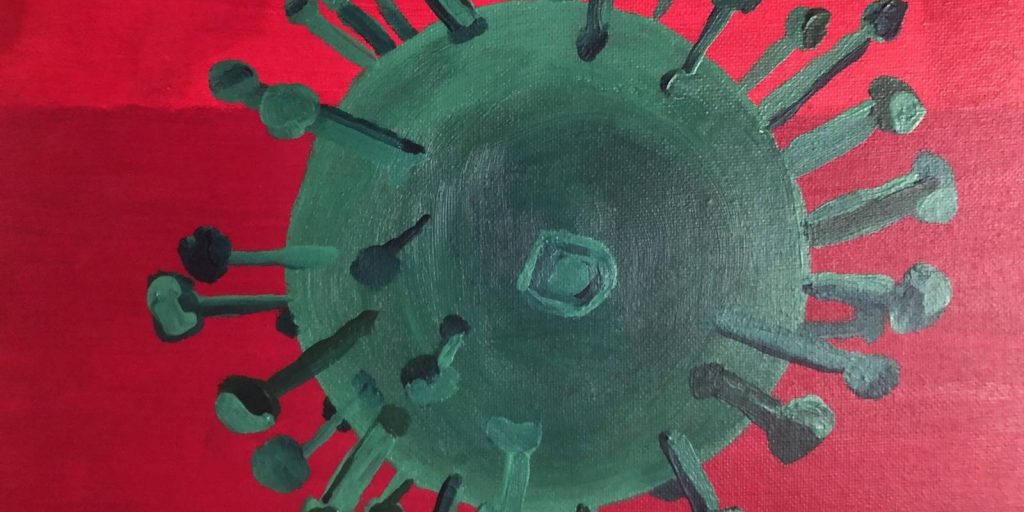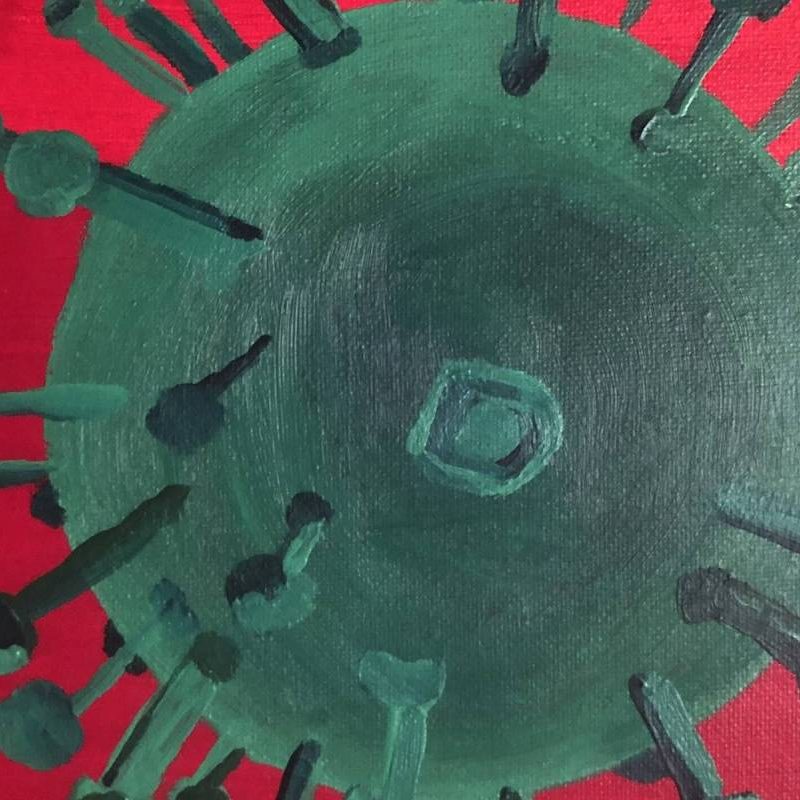Our next webinar goes down under!

Join us on September 23 for the next webinar: Women and the Plague: Spanish Influenza in Melbourne Australia in 1919
Pandemics have always been more than just a medical problem, for they also highlight societal inequalities. Socioeconomic status and ethnic backgrounds have a profound effect on who gets sick, who dies, and who survives – often with long-term health consequences. The impact of the 1918-20 influenza pandemic globally is often told in statistical terms, with an emphasis placed on the high levels of mortality among young males; a tragedy heightened by the deaths of so many combatants during World War One. But what effect did the pandemic have on women, especially those who survived? How did women in the poorer working class suburbs eke out a living and, for the more fortunate, manage to survive? This paper will consider the effects of Spanish influenza in Melbourne. It is the result of burrowing down multiple rabbit holes to catch a glimpse of the effects the event had on women, in particular those in the working class suburbs of Melbourne.
Mary Sheehan is a doctoral candidate at the University Melbourne. Her thesis focuses on the social history of the Spanish influenza pandemic and its effects on Melbourne society in 1919. Mary has a background in nursing, and has worked in major general hospitals in Melbourne, the United States, and as a district nurse. After completing her undergraduate and Master of Arts degrees at Monash University in Melbourne, she was employed by the Victorian government in the public sector, and after that undertook multiple projects while a partner in Living Histories, including heritage studies, oral history projects and commissioned histories. In 2018 Mary returned to university to pursue a long-held interest in the social history of Spanish influenza at Melbourne University.
